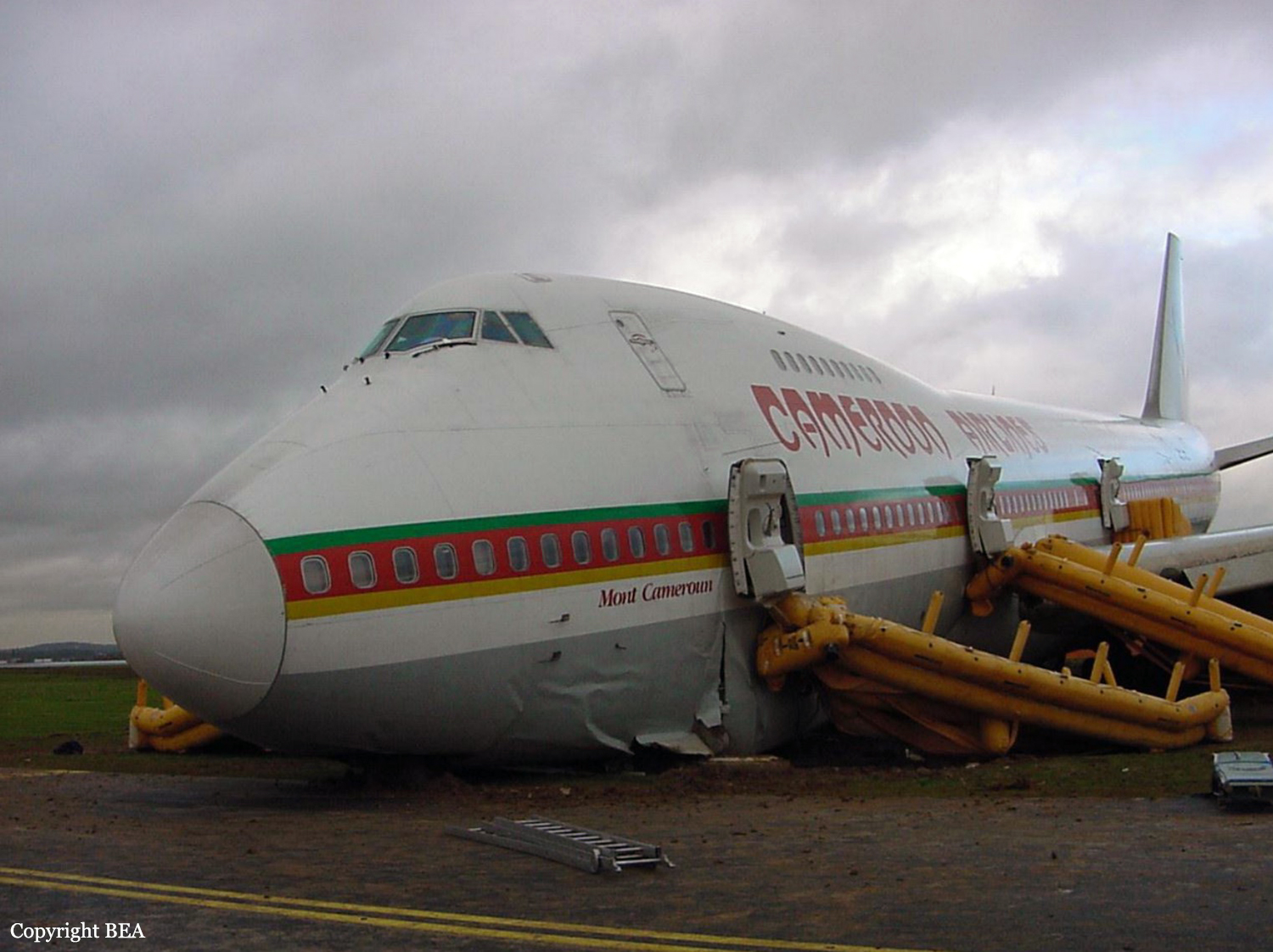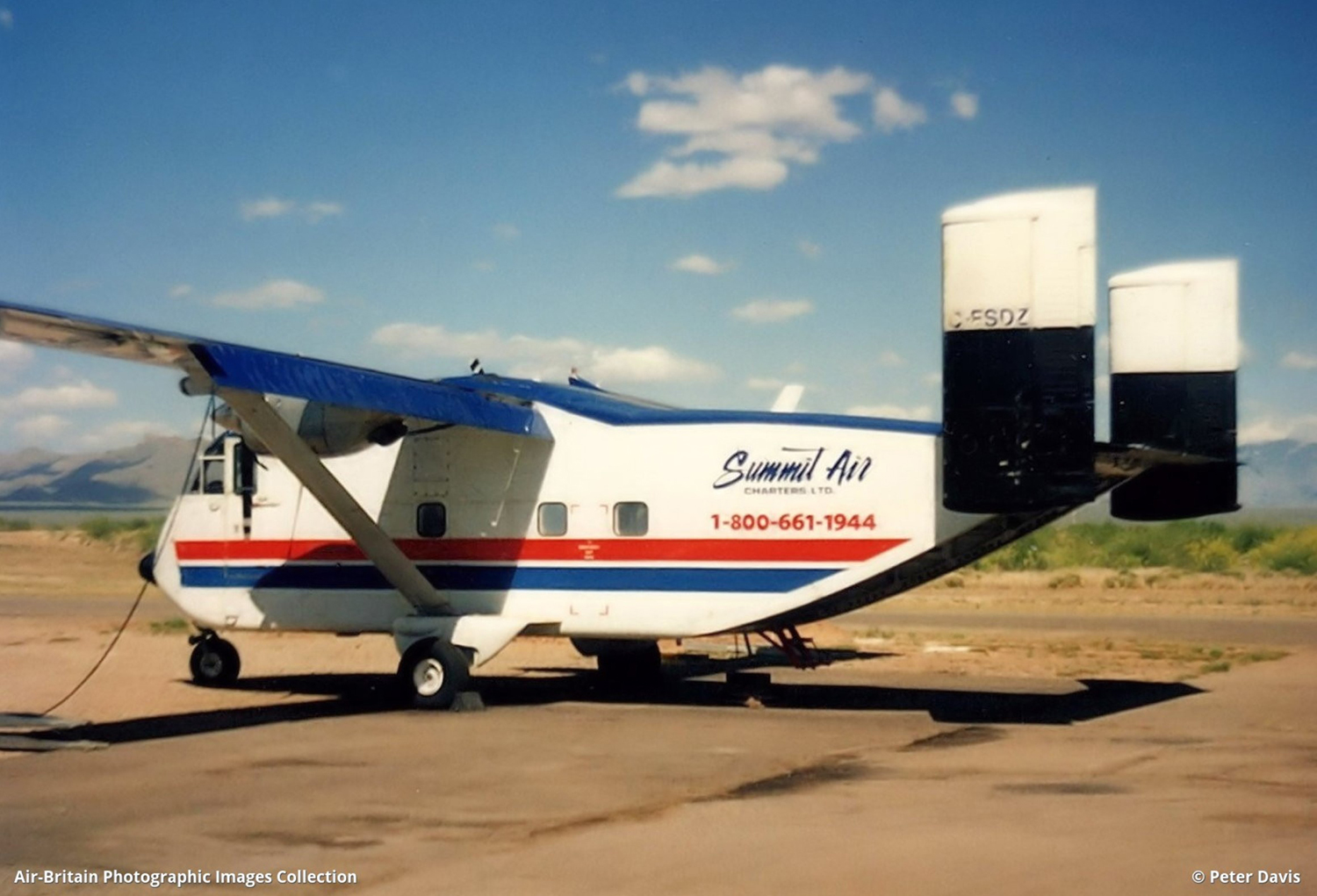Crash of a Cessna 340A in Selma: 1 killed
Date & Time:
Nov 6, 2000 at 0400 LT
Registration:
N12273
Survivors:
Yes
Schedule:
Paso Robles – Selma
MSN:
340A-1536
YOM:
1982
Crew on board:
1
Crew fatalities:
Pax on board:
1
Pax fatalities:
Other fatalities:
Total fatalities:
1
Captain / Total hours on type:
2000.00
Aircraft flight hours:
4915
Circumstances:
The airline transport rated pilot was returning an organ transplant nurse passenger to an uncontrolled, no facilities airport, with ground fog present about 0400 in the morning. The pilot had obtained two abbreviated preflight weather briefings while waiting for his passenger, and prior to departing at 0235. According to witnesses he attempted to land twice on runway 28, then he made an approach and attempted a landing on runway 10. Witnesses reported that the airport was engulfed in ground fog at the time of the approaches. They said that you could see straight up but not horizontally. The airplane collided with grape vineyard poles and canal/wash berms, about 250 feet short of the runway 10 displaced threshold. Approach charts for two airports with instrument approaches within 20 miles were found lying on the instrument panel glare shield. The passenger's car was parked at the uncontrolled airport.
Probable cause:
The pilot's improper decision to attempt a visual approach and landing in instrument meteorological conditions and his failure to follow instrument flight rules procedures.
Final Report:














